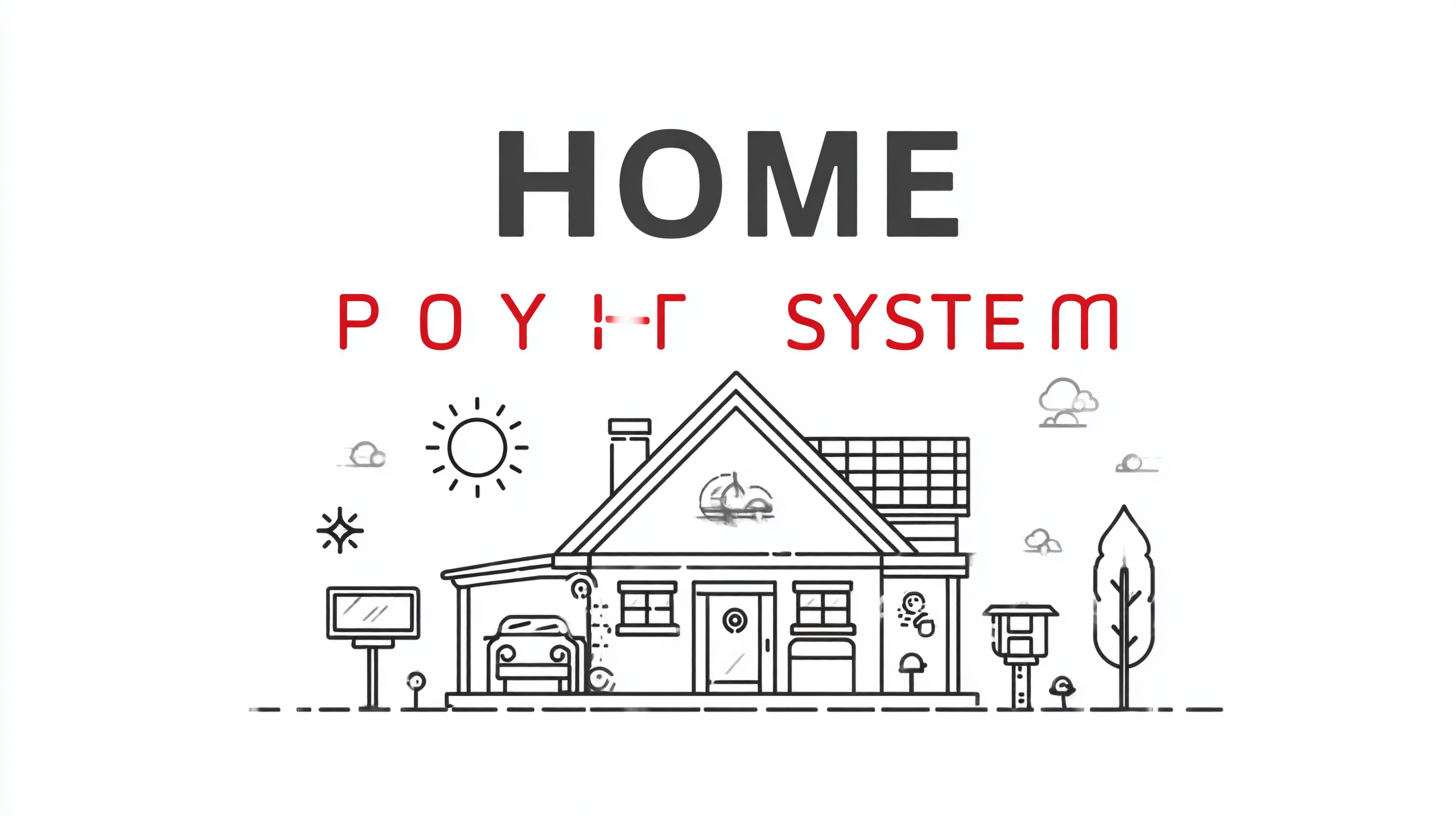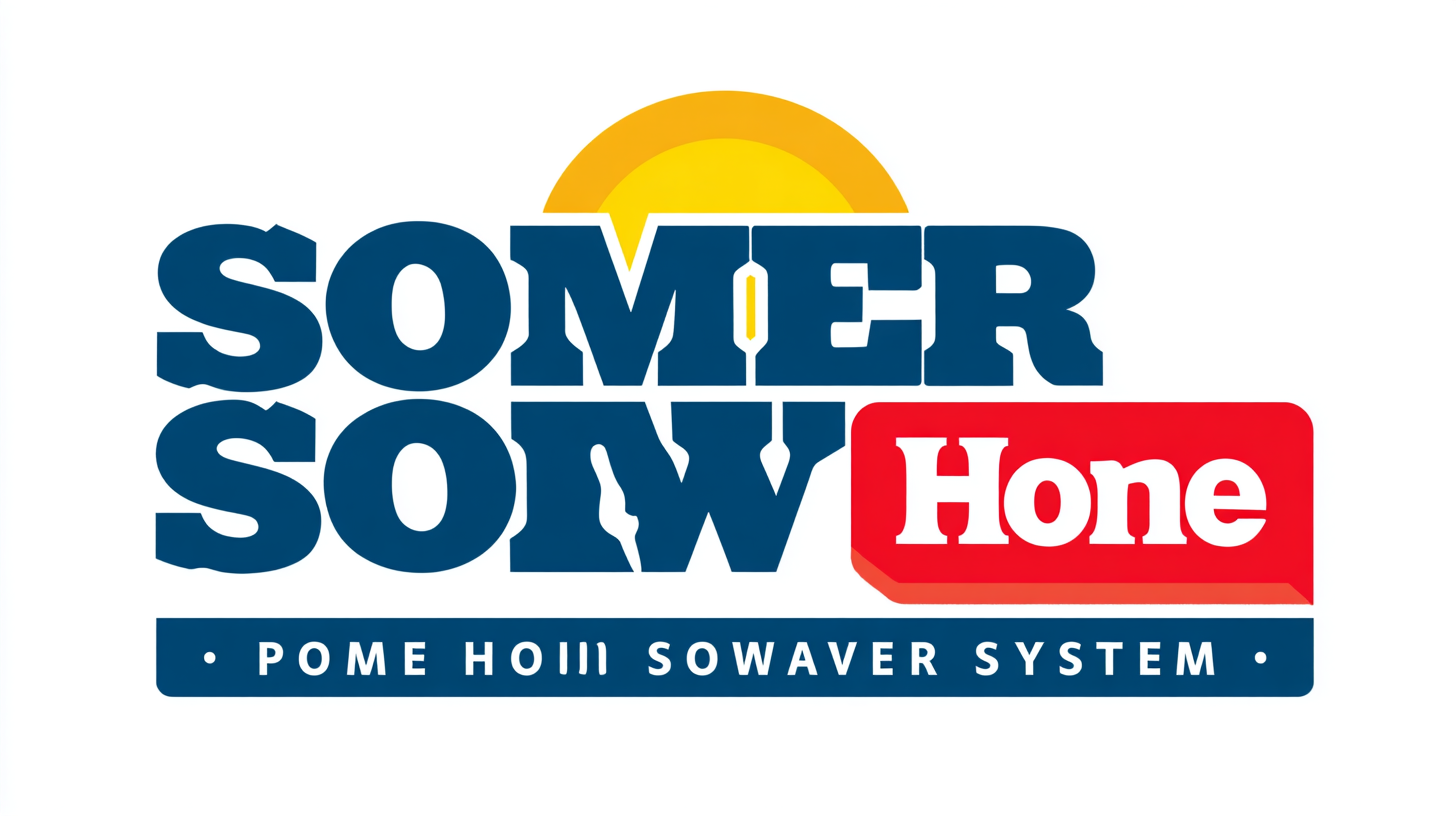Ultimate Guide to Your Best Home Solar Power System Checklist for Effortless Transition
As the world increasingly turns towards sustainable energy solutions, the adoption of a Home Solar Power System has become a pivotal trend in residential energy consumption. According to the Solar Energy Industries Association (SEIA), the U.S. solar market experienced a record growth of 43% in 2020, driven by a surge in energy costs and a growing awareness of environmental impacts. In fact, it's projected that by 2024, solar energy could account for over 20% of the total electricity generation in the United States. This shift not only offers substantial long-term savings on energy bills but also contributes significantly to reducing carbon footprints. By equipping homeowners with a reliable checklist for transitioning to solar, this ultimate guide aims to simplify the journey towards embracing sustainable living and highlights the multitude of benefits associated with investing in a Home Solar Power System.

Understanding Solar Panel Types: Monocrystalline, Polycrystalline, and Thin-Film
When considering solar power for your home, understanding the various types of solar panels is essential for making an informed decision. The three primary types are monocrystalline, polycrystalline, and thin-film solar panels, each with distinct characteristics.
Monocrystalline panels are known for their high efficiency and sleek appearance, making them ideal for homeowners with limited space. In contrast, polycrystalline panels are more cost-effective and offer decent performance, though they require more space for installation.
Thin-film panels, while less efficient, are lightweight and flexible, allowing for unique applications in varied environments.
The solar panel market continues to grow, driven by advancements in technology and increased awareness of sustainable practices. By 2024, the solar battery market is projected to surpass $33.5 billion, with significant growth anticipated through 2034 at a compound annual growth rate of 9.3%. This growth reflects the shift toward renewable energy, with homeowners increasingly opting for residential solar photovoltaic systems. As more people understand the differences between the types of solar panels available, the decision-making process becomes smoother, facilitating a seamless transition to solar energy.
Choosing the Right Inverter: String, Micro, and Power Optimizer Options
When selecting a solar power system for your home, choosing the right inverter is crucial for optimizing performance and efficiency. There are three primary types of inverters to consider: string inverters, microinverters, and power optimizers. According to a report by the National Renewable Energy Laboratory (NREL), string inverters dominate the market due to their cost-effectiveness and simpler installation processes, making them an attractive option for homeowners. These inverters connect multiple panels in series, which is typically more efficient but can lead to reduced performance if one panel is shaded or underperforming.

On the other hand, microinverters are installed on each individual solar panel. A study published by IHS Markit reveals that microinverters can increase energy production by up to 20% in shaded conditions compared to traditional string inverters. This makes them an ideal choice for homes with complex roof designs or trees that might obstruct sunlight. Additionally, power optimizers, which work alongside string inverters, can enhance overall system efficiency by allowing individual panel monitoring and output optimization. This technology has become increasingly popular, reflecting a market growth of approximately 15% annually, as homeowners strive for maximum energy yield from their solar investments.
Essential Battery Storage Solutions: Lithium-ion vs. Lead-acid for Home Use
When considering solar power for your home, the choice of battery storage is crucial for maximizing efficiency and reliability.
Lithium-ion and lead-acid batteries are the two primary options, each with its own set of advantages and considerations.
Lithium-ion batteries are known for their higher energy density and longer lifespan, making them a popular choice among modern energy users.
However, safety concerns about their use and the need for proper handling and education can impact their adoption in residential settings.
On the other hand, lead-acid batteries continue to play a significant role, especially in regions like Africa, where their market is expected to grow steadily in response to increasing energy storage needs.
These batteries are typically more affordable upfront, but they have a shorter lifespan and lower efficiency compared to their lithium-ion counterparts.
As the demand for energy self-sufficiency rises, understanding these battery solutions is vital for homeowners seeking a seamless transition to solar power.
Exploring options like second-life electric vehicle batteries and the overall cost of solar battery systems can also provide valuable insights into your energy storage investments.

Evaluating Solar Mounting Systems: Roof-Mounted vs. Ground-Mounted Choices
When considering a solar power system for your home, one of the key decisions revolves around the mounting systems: roof-mounted versus ground-mounted installations. Roof-mounted systems are often preferred for their space-saving advantages, utilizing the existing structure of your home. They are less obtrusive and can blend seamlessly into your home’s design. Moreover, they typically require less maintenance, as they are elevated and less prone to debris accumulation. However, it’s crucial to assess your roof's condition and orientation to ensure that it can support a solar installation effectively.
On the other hand, ground-mounted solar systems offer greater flexibility and accessibility. They can be positioned for optimal sun exposure, and installation can be done even if your roof is not suitable for solar panels. Ground mounts also provide the opportunity for future expansion if your energy needs increase. That said, they do require more land space and may involve additional considerations for local zoning laws. Ultimately, the choice between roof-mounted and ground-mounted systems should align with your specific energy needs, property conditions, and aesthetic preferences.
Assessing Installation and Maintenance Considerations for Solar Power Systems
When considering the installation of a solar power system for your home, it is crucial to assess various factors that can impact both performance and maintenance. According to the National Renewable Energy Laboratory (NREL), properly maintained solar panels can last 25 years or more, making initial installation considerations pivotal. Conduct a thorough site assessment to determine optimal panel placement, considering factors such as sun exposure, roof structure, and potential shading from nearby trees or buildings.
**Tip:** Utilize online solar calculators to estimate potential savings and system size. This can help identify what type of system will best meet your energy needs without over-investing.
Maintenance is another key element that can ensure the longevity of your solar system. Regular inspections and cleaning will help maintain efficiency, as dirt and debris can significantly reduce energy output. The Solar Energy Industries Association (SEIA) reports that cleaning panels once or twice a year can yield a 5-10% increase in energy production.
**Tip:** Consider using a professional solar maintenance service, especially if you're located in areas with high dust or pollen levels. Their expertise can spot issues early, ensuring your energy investment remains productive.
